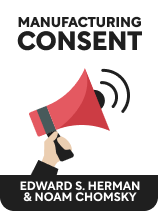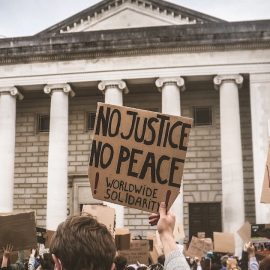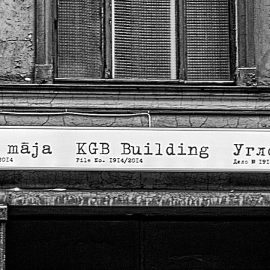

This article is an excerpt from the Shortform book guide to "Manufacturing Consent" by Edward S. Herman and Noam Chomsky. Shortform has the world's best summaries and analyses of books you should be reading.
Like this article? Sign up for a free trial here .
Where does news come from? Who are the sources that provide the content?
In their book Manufacturing Consent, Chomsky and Herman explain that the most common sources for the news are political and economic figures. This means that these elites can control what makes it to the news and what is suppressed.
Here’s how the elites shape what the general public sees.
The Need for Sources and Content
Where does the news come from? Chomsky and Herman write that mass media relies on political and economic elites for sources and content, giving these groups another means by which they can shape news content.
Media outlets need enough content to fill airtime in a competitive, 24-hour news environment, but even the biggest media outlets can’t have reporters and camera crews stationed in all places at all times to record anything newsworthy that might be happening.
Therefore, reporters heavily rely on sources that can consistently provide content—namely, members of Congress, the White House, large corporations, the Pentagon, and other centers of economic and political power. These large, powerful institutions are able to provide consistent content because they have the financial resources to run sophisticated public relations departments dedicated to issuing press releases and hiring spokespeople. In this way, they provide a crucial component that the business model of the 24-hour news cycle demands.
Smaller institutions, meanwhile, or those that exist to challenge the status quo (like labor unions, environmental groups, and consumer watchdogs) tend to lack such resources and are generally less “visible,” meaning large media outlets are less likely to seek out their perspectives.
(Shortform note: In the mid-20th century, major daily newspapers like the New York Times, Washington Post, and Chicago Tribune did have beat reporters assigned to covering labor unions and worker-related issues. But major media has decidedly turned its focus away from organized labor in recent decades—in part due to the fact that only 11% of American workers now belong to a labor union, a far cry from the 35% unionization rate the labor movement enjoyed at its peak in 1954. Today, all these newspapers have dropped their full-time labor beats, with the Wall Street Journal now the only daily newspaper that still maintains a labor reporter.)
Naturally, contend Chomsky and Herman, this dynamic puts a great deal of media and communications power in the hands of PR operatives from the nation’s most powerful institutions. These figures quench the media’s insatiable thirst for content by providing the press releases, advance speeches, cable news talking heads, industry-sponsored studies, and sound bites that make up the bulk of news content.
(Shortform note: Contrary to the authors’ assertion, some research suggests that journalists are relying less and less on press releases for their sources of news content. One 2018 study of over 500 journalists showed that only 30% reported relying heavily on press releases. Within the United States, 53% of journalists said they did not use press releases at all.)

———End of Preview———
Like what you just read? Read the rest of the world's best book summary and analysis of Edward S. Herman and Noam Chomsky's "Manufacturing Consent" at Shortform .
Here's what you'll find in our full Manufacturing Consent summary :
- How the American media frames events and creates narratives that serve the elite
- How elites indirectly censor media and avoid censorship laws
- Why corporate media outlets value profit above truth or news value






